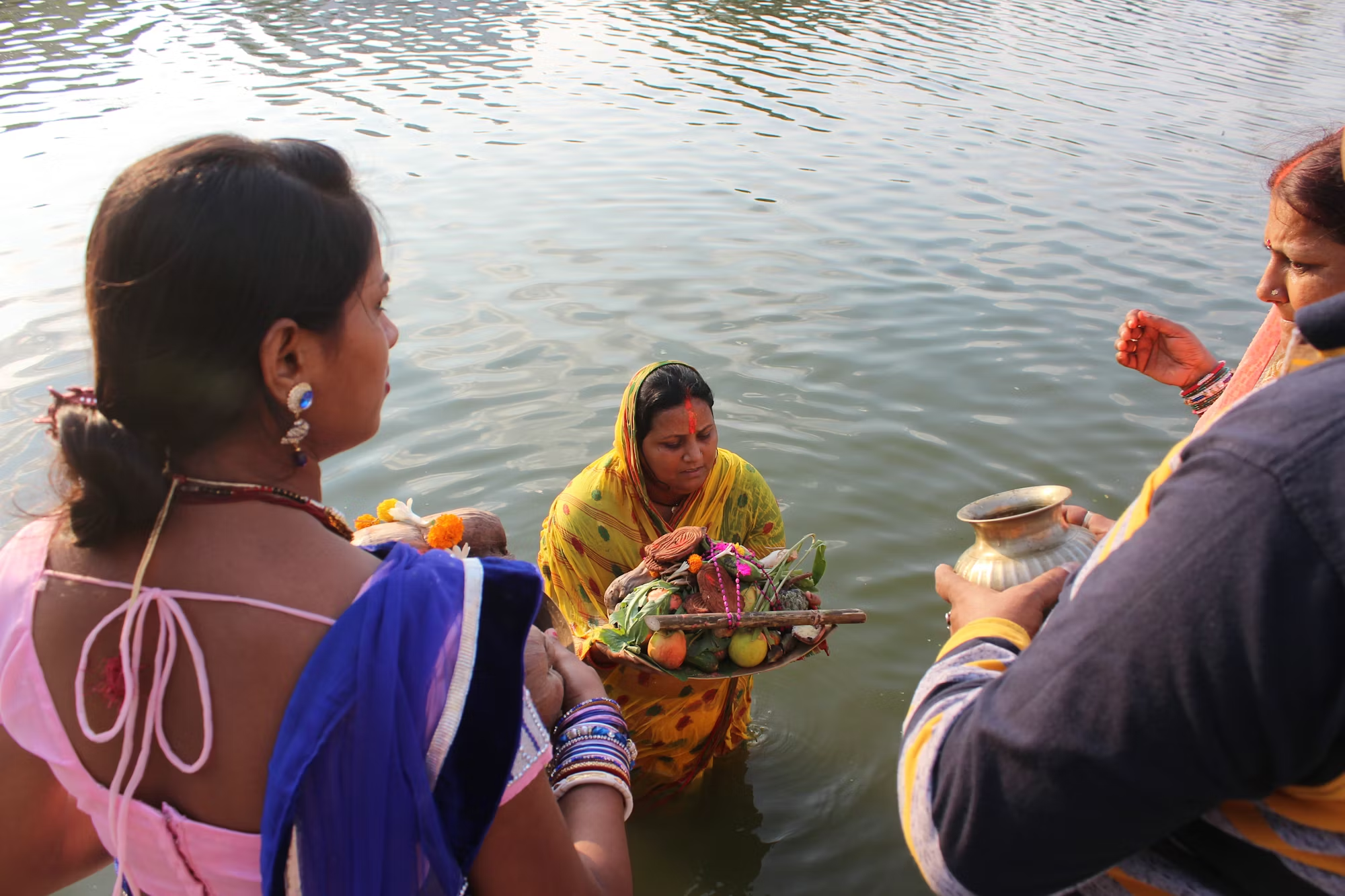Throwing a party is an art form that combines creativity, planning, and a genuine love for bringing people together. Whether you’re celebrating a milestone birthday, a graduation, or simply hosting friends for a casual get-together, the goal is to create a fun and memorable atmosphere. In this article, we’ll explore different types of parties, from birthday bashes to themed celebrations, and provide practical tips on how to make each one unique and enjoyable for your guests.
Understanding Different Types of Parties
Before diving into the details of party planning, it’s essential to understand the various types of celebrations you might host. Each type of party has its own unique atmosphere and requirements:
1. Birthday Parties: These celebrations honor the life of an individual and can range from intimate family gatherings to extravagant themed bashes. The key is to reflect the personality and interests of the birthday person.
2. House Parties: Typically casual and relaxed, house parties are perfect for gathering friends and family in a comfortable environment. These gatherings often feature music, games, and plenty of food and drinks.
3. Costume Parties: Whether for Halloween or a themed event, costume parties encourage guests to dress up and engage with the theme. This type of party allows for endless creativity and fun.
4. Dance Parties: Focused on music and dancing, these events are often hosted in clubs, bars, or home settings with a dance floor. A great DJ or playlist is crucial for keeping the energy high.
5. Pool Parties: Perfect for hot summer days, pool parties include swimming, games, and refreshments. They often feature a relaxed vibe with barbecue or light snacks.
6. Holiday Parties: Celebrating specific holidays, such as Christmas or New Year’s Eve, these parties can include traditional decorations, food, and activities that resonate with the holiday spirit.
7. Graduation Parties: These events honor academic achievements, often featuring decorations that reflect the school colors and themed activities like photo booths to capture the moment.
8. Wedding Receptions: Following the ceremony, wedding receptions are grand celebrations with dining, dancing, speeches, and heartfelt moments, making them significant social events.
9. Bachelorette/Bachelor Parties: Celebrating the soon-to-be-married, these parties focus on fun and adventure with close friends, often featuring activities that reflect the interests of the bride or groom.
10. Themed Parties: These parties revolve around a specific theme, allowing guests to immerse themselves in a unique experience. Themes can vary widely, from decades to specific cultures or movies.
11. Outdoor/BBQ Parties: Held in parks or backyards, these parties typically feature grilled food, outdoor games, and a relaxed atmosphere that encourages mingling.
12. Surprise Parties: Organized without the knowledge of the guest of honor, surprise parties are thrilling and memorable, often requiring careful planning to keep the secret.
The Planning Process: From Concept to Execution
Once you’ve decided on the type of party you want to host, it’s time to move into the planning phase. Here are some essential steps to consider:
1. Set a Budget: Determine how much you’re willing to spend on the party. This will influence your choices regarding the venue, food, decorations, and entertainment. Being realistic about your budget can help prevent overspending.
2. Choose a Date and Venue: Select a date that works for you and your potential guests. If you’re hosting a house party, consider how many people your space can comfortably accommodate. For larger gatherings, you might need to book a venue that aligns with your theme and guest count.
3. Create a Guest List: Consider who you want to invite. For intimate gatherings, a smaller list might allow for deeper conversations. For larger celebrations, a broader guest list can create a lively atmosphere. Think about the dynamics among guests to ensure everyone will feel comfortable.
4. Send Invitations: Your invitations should match the theme and provide all necessary details, including the date, time, location, and any special instructions. Whether you choose digital invitations or printed cards, ensure they reflect the spirit of the party and encourage guests to RSVP.
5. Plan the Menu: Food is a central element of any celebration. Create a menu that fits the theme and caters to your guests’ preferences. For a birthday party, consider cake and treats that match the theme, while a casual house party might feature finger foods and snacks. Don’t forget beverages—both alcoholic and non-alcoholic options are essential.
6. Decorate Accordingly: Decorations help set the mood for your party. Choose items that align with your theme, from table settings to wall decorations. For example, a tropical party could include bright colors, tiki torches, and floral arrangements. Personal touches, like photos or handmade decorations, can add charm.
7. Organize Activities and Entertainment: Depending on the type of party, plan activities that will keep guests entertained. For costume parties, consider hosting a best-dressed contest. Dance parties require a great playlist, while outdoor events might benefit from lawn games. Engaging activities keep energy levels high and encourage interaction among guests.
8. Capture the Moments: Designate a friend to take photos or set up a photo booth with props that tie into your theme. Encouraging guests to snap candid shots can create lasting memories that everyone will cherish. After the event, consider sharing the photos with guests.
Adding Personal Touches
To make your party truly special, consider adding personal touches that reflect your style and the guest of honor’s personality. This could be anything from themed party favors to a memory board that showcases pictures and stories related to the guest of honor. A personalized playlist featuring the favorite songs of the guest can create an emotional connection to the event.
Preparing for the Unexpected
Despite thorough planning, unexpected situations can arise. Always have a backup plan for outdoor events in case of rain, such as a tent or an indoor space. Keep extra supplies on hand, like seating, napkins, and a small first-aid kit for minor issues. Maintaining a positive attitude and flexibility will ensure that any hiccups are handled gracefully, allowing everyone to enjoy the occasion.
Conclusion
Hosting a successful party is about more than just logistics; it’s about creating an experience that brings people together and fosters connections. By understanding the type of event you want to host, planning thoughtfully, and incorporating personal touches, you can create a celebration that is enjoyable and memorable for everyone involved. Embrace the joy of hosting and let your creativity shine through in every detail, ensuring that each gathering is not just a party, but a cherished memory for years to come.





